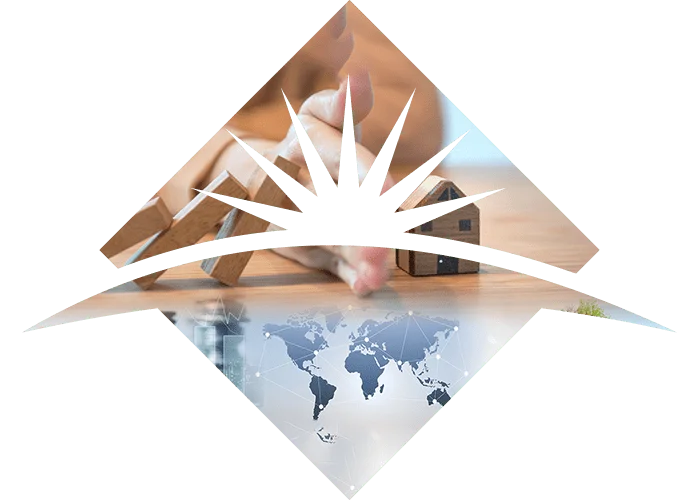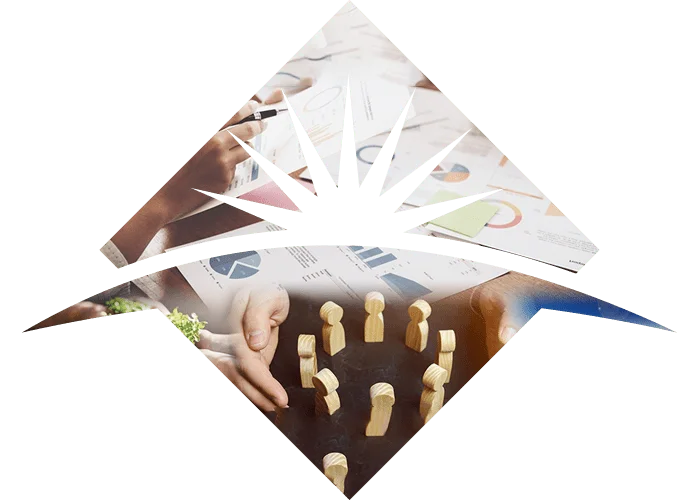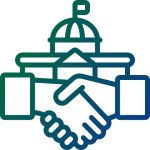Sendai Framework
The Sendai Framework for Disaster Risk Reduction 2015-2030 (Sendai Framework) is the first major agreement of the post-2015 development agenda, with seven targets and four priorities for action.
It was endorsed by the UN General Assembly following the 2015 Third UN World Conference on Disaster Risk Reduction (WCDRR).
The Sendai Framework is a 15-year, voluntary, non-binding agreement that recognizes that the State has the primary role to reduce disaster risk but that responsibility should be shared with other stakeholders including local government, the private sector, and other stakeholders. It aims for the following outcome:
The substantial reduction of disaster risk and losses in lives, livelihoods, and health and in the economic, physical, social, cultural and environmental assets of persons, businesses, communities, and countries.
The Seven Global Targets
- Substantially reduce global disaster mortality by 2030, aiming to lower average per 100,000 global mortality rate in the decade 2020-2030 compared to the period 2005-2015.
- Substantially reduce the number of affected people globally by 2030, aiming to lower the average global figure per 100,000 in the decade 2020 -2030 compared to the period 2005-2015.
- Reduce direct disaster economic loss in relation to the global gross domestic product (GDP) by 2030.
- Substantially reduce disaster damage to critical infrastructure and disruption of basic services, among them health and educational facilities, including through developing their resilience by 2030.
- Substantially increase the number of countries with national and local disaster risk reduction strategies by 2020.
- Substantially enhance international cooperation in developing countries through adequate and sustainable support to complement their national actions for implementation of this Framework by 2030.
- Substantially increase the availability of and access to multi-hazard early warning systems and disaster risk information and assessments to the people by 2030.
The Seven Global Targets
-
1. Understanding disaster risk
Disaster risk management should be based on an understanding of disaster risk in all its dimensions of vulnerability, capacity, exposure of persons and assets, hazard characteristics and the environment. Such knowledge can be used for risk assessment, prevention, mitigation, preparedness, and response.
-
2. Strengthening disaster risk governance to manage disaster risk
Disaster risk governance at the national, regional and global levels is very important for prevention, mitigation, preparedness, response, recovery, and rehabilitation. It fosters collaboration and partnership.
-
3. Investing in disaster risk reduction for resilience
Public and private investment in disaster risk prevention and reduction through structural and non-structural measures are essential to enhance the economic, social, health and cultural resilience of persons, communities, countries and their assets, as well as the environment.
-
4. Enhancing disaster preparedness for effective response and to “Build Back Better” in recovery, rehabilitation, and reconstruction
The growth of disaster risk means there is a need to strengthen disaster preparedness for response, take action in anticipation of events, and ensure capacities are in place for effective response and recovery at all levels. The recovery, rehabilitation, and reconstruction phase is a critical opportunity to build back better, including through integrating disaster risk reduction into development measures.
-
1. Understanding disaster risk
Disaster risk management should be based on an understanding of disaster risk in all its dimensions of vulnerability, capacity, exposure of persons and assets, hazard characteristics and the environment. Such knowledge can be used for risk assessment, prevention, mitigation, preparedness, and response.
-
2. Strengthening disaster risk governance to manage disaster risk
Disaster risk governance at the national, regional and global levels is very important for prevention, mitigation, preparedness, response, recovery, and rehabilitation. It fosters collaboration and partnership.
-
3. Investing in disaster risk reduction for resilience
Public and private investment in disaster risk prevention and reduction through structural and non-structural measures are essential to enhance the economic, social, health and cultural resilience of persons, communities, countries and their assets, as well as the environment.
-
4. Enhancing disaster preparedness for effective response and to “Build Back Better” in recovery, rehabilitation, and reconstruction
The growth of disaster risk means there is a need to strengthen disaster preparedness for response, take action in anticipation of events, and ensure capacities are in place for effective response and recovery at all levels. The recovery, rehabilitation, and reconstruction phase is a critical opportunity to build back better, including through integrating disaster risk reduction into development measures.
Chart of the Sendai Framework for Disaster Risk Reduction
2015-2030
The present frameworkwill apply to the risk of small-scale and large-scale, frequent and infrequent, sudden and slow-onset disasters, caused by natural or manmade hazards as well as related environmental, technological and biological hazards and risks. It aims to guide the multi-hazard management of disaster risk in development at all levels as well as within and across all sectors
The substantial reduction of disaster risk and losses in lives, livelihoods and health and in the economic, physical, social, cultural and environmental assets of persons, businesses, communities and countries.
Prevent new and reduce existing disaster risk through the implementation of integrated and inclusive economic, structural, social, health, cultural, educational, environmental, technology political and institutional measures that prevent and reduce hazard exposure and vulnerability to disaster, increase preparedness for response and recovery, and thus strengthen resilience
Sustainable Development Goals
The Sustainable Development Goals are the blueprint to achieve a better and more sustainable future for all. They address the global challenges we face, including those related to poverty, inequality, climate, environmental degradation, prosperity, and peace and justice. The Goals interconnect and in order to leave no one behind, it is important that we achieve each Goal and target by 2030. Out of 17 SDGs, followings directly relate to disaster reduction:
-
GOAL 9:
Build resilient infrastructure, promote inclusive and sustainable industrialization and foster innovation
-
GOAL 11:
Make cities and human settlements inclusive, safe, resilient and sustainable
-
GOAL 13:
Make cities and human settlements inclusive, safe, resilient and sustainable










